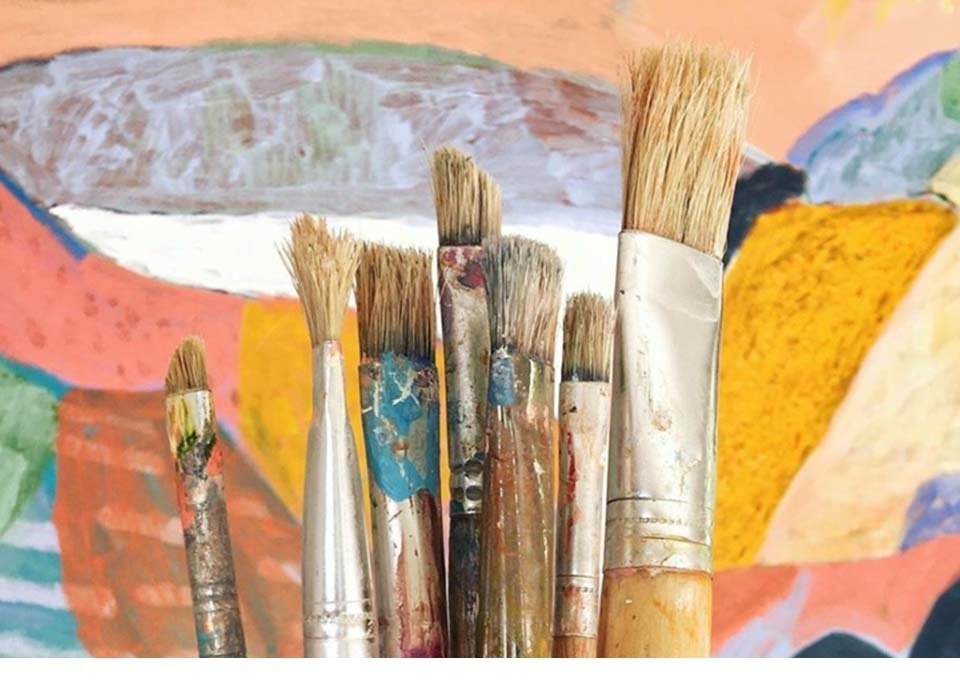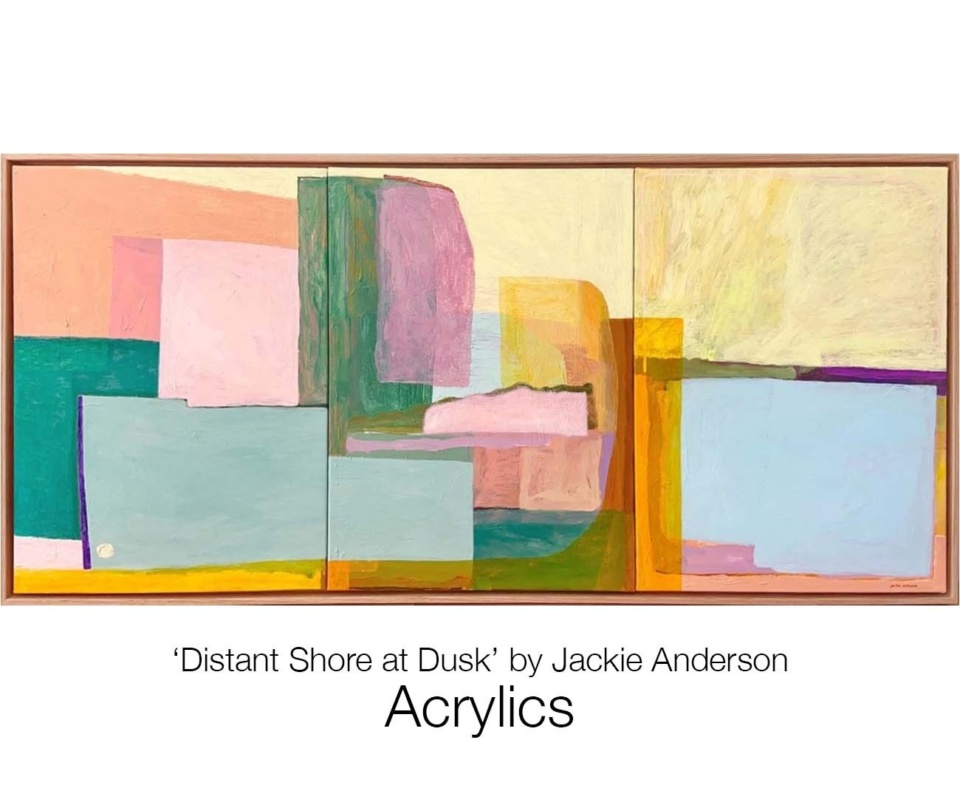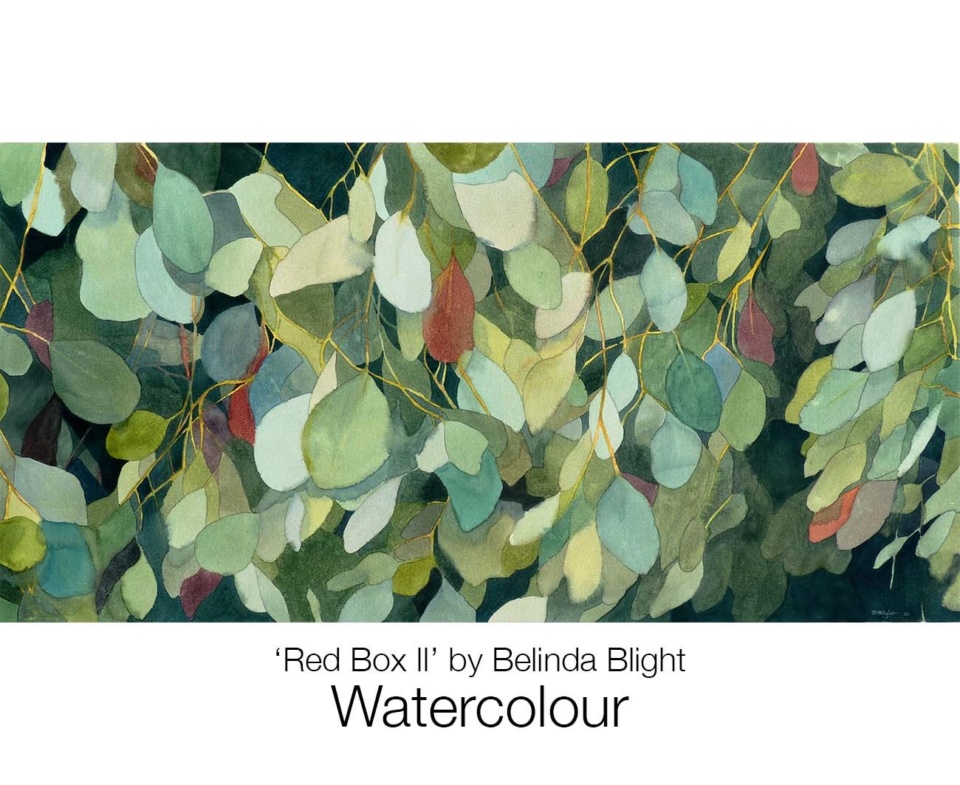
Whether you’re looking to learn more about the paint used in the art on your wall or considering starting your own creative practice, learning the nuances between different types of paint can help you on your journey.
While each of the most common paint varieties helps artists define their creative personalities and produce their desired aesthetic on the canvas, there are also numerous practical benefits to using one over another. There’s certainly no wrong choices here, but some kinds of paint are suited to specific artistic techniques, meaning you might want to choose carefully if you have a certain masterpiece in mind.
Here, we dive into the finer details of art paint and highlight what kinds of artists benefit the most when choosing between oils, watercolours or acrylics.
Oil Paints
Oil paints are one artistic medium that has undoubtedly stood the test of time. Having been used by some of history’s biggest names to create their masterpieces, including Leonardo da Vinci, Salvador Dali and Pablo Picasso, the oldest oil paintings discovered date to 650 AD in Afghanistan’s Bamiyan Valley Caves.
With every kind of oil paint featuring coloured pigments inside – ranging from linseed oil and poppy seed oil to walnut oil – these vibrant tones maintain their strength long after the paint has dried. While oil paints can stay wet for days or even weeks depending on the temperature of your studio space, this allows artists to slowly adjust their creations days after the paint has been applied.
Nowadays, many modern artists are now creating with water-mixable oil paints. As traditional oils require solvents to thin or remove, this innovative option overcomes these issues with just soap and water. Plus, if you happen to have both kinds on hand, you can use them together without any problems.
Watercolour Paints
Watercolour paint is another millennia-old painting material, dating back to ancient Egyptian manuscript illustrations and cave paintings from European prehistory. Having risen to widespread popularity since the Renaissance, watercolour paint is typically associated with fascinating textures and transparencies that other mediums struggle to replicate. Alongside its smooth and immediate application, it’s remained a beloved painting style for good reason.
Delving deeper into the nature of watercolours, the coloured pigments are suspended inside a water-soluble binder. Most commonly, this type of paint is applied to specially produced watercolour paper. However, this adaptable medium is also used with other materials, including plastic, fabric, wood and leather.
Despite watercolours having a serene quality, it’s a relatively challenging medium that requires plenty of practice to use effectively. Although it’ll become instinctual eventually, artists must learn how this water-based substance dries in their surroundings. Plus, this relatively transparent type of paint makes it difficult to hide mistakes. Yet once you’ve got the hang of this learning curve, the results can be simply stunning.
Acrylic Paints
Acrylic paints are one of the most popular ways to create stunning works of art, but they only rose to prominence in recent terms. Starting with Mexican muralists in the 1920s and 1930s, it took another twenty or so years for the art form to catch on with world-renowned names such as Mark Rothko, Kenneth Noland and Roy Lichtenstein.
While acrylic paints are a far more recent invention than oils or watercolours, they are often considered a mixture of the two. As acrylics are produced by blending pigments with synthetic resin binders, artists relish this wonderfully flexible product that lends itself to a myriad of creative styles.
Acrylic paint is also popular amongst mixed-media artists, as when dried it can be layered as a thick painted base for other substances such as charcoal, chalk or pastels. However, artists have to get used to working quickly as acrylic paint is known to dry remarkably fast. Plus, it’s entirely waterproof once set, meaning you won’t have a chance to adjust your work after the fact.



Purchase Beautiful Paintings
Art to Art is a leading online gallery for some of Australia’s most beloved painters. No matter what kind of style or colour you want to decorate your home or workplace, we have breathtaking works that'll inspire your heart and soul.
If you’d prefer to shop for artwork in person, you can also stop by our stylish Melbourne gallery at 130 Bulleen Road, Balwyn North. If you have any questions about our gallery’s artists or artworks, get in touch with our friendly team to learn more.